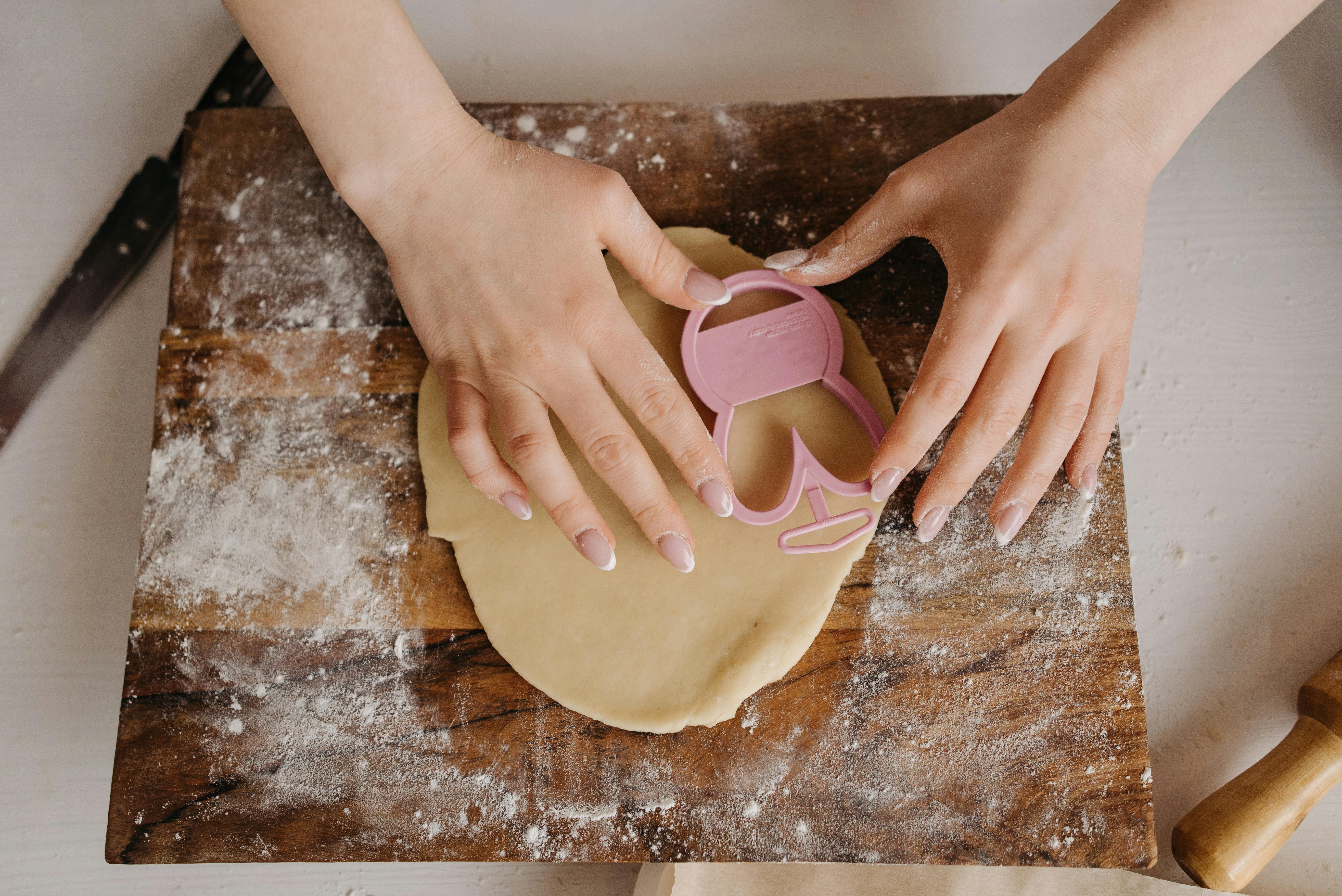Hopefully, my first garden fountain article, “Garden Makeover With a Garden Fountain,” got you thinking about the benefits a fountain can bring to your gardens and landscaping. We also discussed thinking about the location and material of your outdoor fountain before you buy it. I want to go into more detail in this article about the various materials commonly used in garden fountains, as well as some advantages and disadvantages of each.
Outdoor water fountains, commonly called garden fountains, come in many shapes, sizes, and materials. You will see rock waterfalls commonly used in landscaping that resemble real rocks with water cascading down. You will find stepped fountains in which the water flows from one level to another or from one bowl to another, very common in the middle of a patio or patio. Could it be that it is trying to go green at any opportunity it can? Solar fountains may be perfect for you, although, for a smaller water fountain, there are many styles, colors, and solar birdbaths to choose from. No wires needed, just place the solar panel in a place where it gets plenty of sun and enjoy! With so many options, you’re sure to find the perfect look for your deck or garden area, so let’s consider your material choices.
You’ll typically see garden-style fountains in three materials: fiberglass, stone/granite, and ceramic. Of course there are others that range from copper to slate to stainless steel, in this article we will compare fiberglass vs. cast stone options as they seem to be the most viewed and receive the most questions.
Fiberglass outdoor fountains are very common and come in many different styles. You can find lightweight outdoor fountains that look like rocks, tiered styles with 1 to 6 tiers, Japanese styles, and several other unique designs, all constructed from fiberglass materials. These fountains often have a “stone-like” finish to make them look like real natural stone fountains. The biggest advantage of an outdoor fiberglass fountain is weight. Being a fiberglass material, your garden fountain will remain at a manageable weight, making it easy to maneuver, move, and clean. Many of the fiberglass step fountains, though they can be tall, have a twist-lock system so the pieces can come apart for easy storage in the cold months and easy cleaning. Another advantage of fiberglass garden fountains is that they are lighter to transport, which lowers the cost. One downside to fiberglass material is that it could fade or splinter over time from the sun and the elements. However, to compensate for this, the chipped or discolored piece can be fixed by repainting the fountain with a waterproof spray finish. Another point that may be a disadvantage for some is that most of the lightweight garden fountains are mass produced at sea and packaged and ready to ship. However, again, to make up for this, it keeps the cost down and allows you to get a source of water that is produced and ready to ship quickly.
Now, let’s talk about outdoor stone fountains. Typically, stone or granite garden fountains are actually cast stone rather than solid concrete or granite to keep the weight down. The biggest advantage of a cast stone garden fountain is its beauty and strength! Although heavy, they are very impressive and come in many different shapes and sizes. You can get a tiered fountain at almost any height, a smaller fountain with a unique shape, or a style designed to sit flush against a wall, such as the wall of your home or deck. Another advantage of a cast stone fountain is that you can usually choose your color. The color is done as a stain or infused into the stone, making it very permanent so you don’t have to worry about fading or chipping. The obvious downside to cast stone in a garden fountain is weight. They are heavy so you will usually want to choose a more permanent spot in your garden. They can be moved, but it will take some time and energy to do so. Cast stone fountains are more difficult to clean simply because they usually need to be cleaned where they are rather than taken apart and thoroughly cleaned. Don’t let this put you off though, as there are plenty of safe fountain care products out there that will keep your outdoor fountain looking great for years to come!
Regardless of the style or material of garden fountain you choose, remember that if you live in a cold climate where it gets very cold, you need to take winter care such as draining and covering your fountain before it freezes. There are fountain covers that work great, or you can simply cover them with blankets and a tarp.
Find all kinds of garden supplies at Serenityhealth.com. You’ll find garden fountains in many different materials, as well as fountains by size and material. Start thinking about spring today and get ready to enjoy the soothing and mesmerizing sounds of an outdoor fountain as you beautify your gardens and outdoor spaces.

